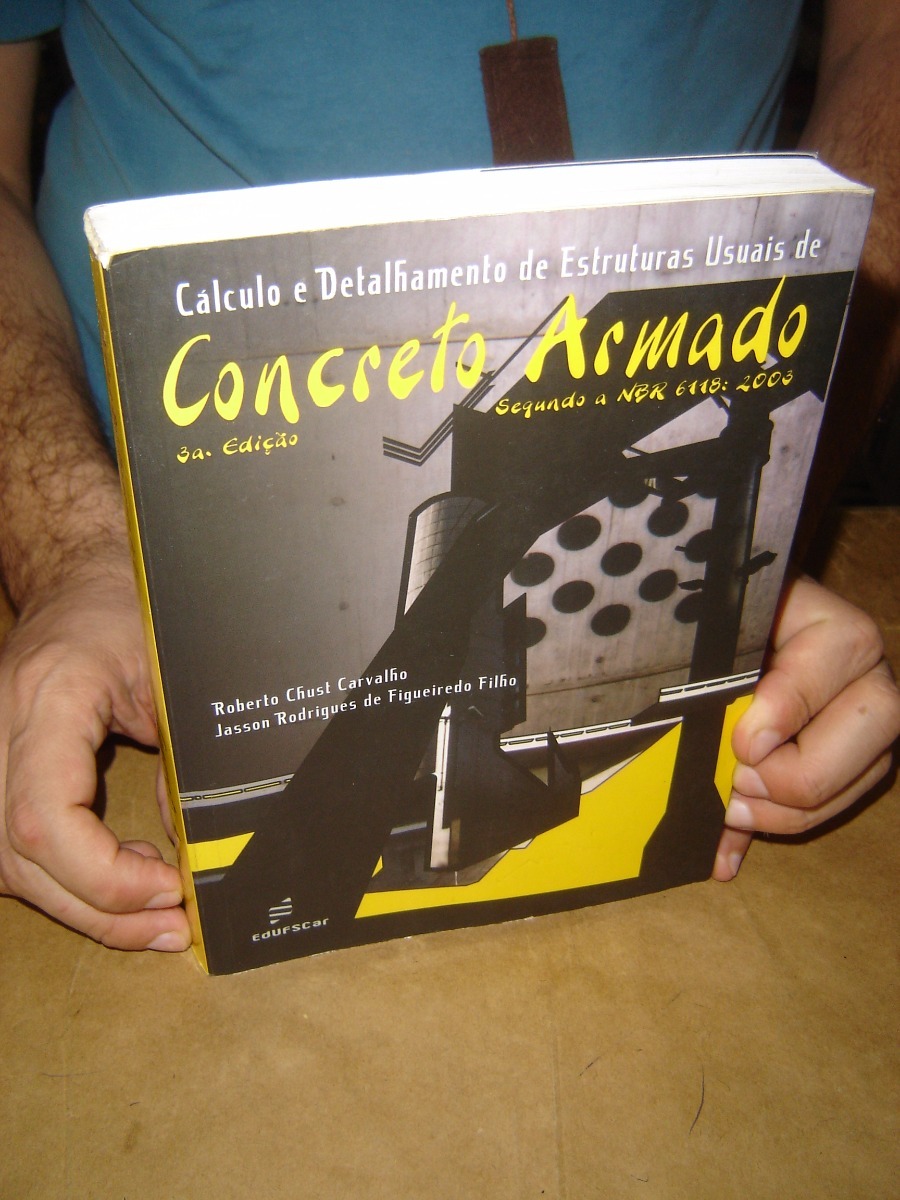
We find that each investigated country, except Italy, has a heat sink capacity in its district heating systems that is larger than the amount of heat that would be co-generated in plants producing biofuel volumes corresponding to national biofuel targets. In Paper I, we study biomass gasification for the production of biofuels and heat for district heating systems in Europe. The overall aim is to investigate specific options for improving management of land use and land use change, efficient use of resources, and greenhouse gas balances for specific bioenergy systems. This thesis, which consists of five separate papers, analyzes several key aspects associated with two bioenergy systems: (i) combined biofuels and district heat production in the EU and (ii) sugarcane for ethanol production in Brazil, with special attention to integration with existing food and energy systems. Further, when biomass for biofuels expands into new land areas, the total biospheric carbon stock (the sum of soil and above-ground carbon) may increase or decrease, influencing the net effect on greenhouse gas balances.

.jpg)
However, it is a limited resource, expected to become scarce relative to future demand, prompting interest in optimizing efficiency. Biomass is a renewable energy source that can be used to replace fossil fuels. To reach stringent climate targets, emissions from fossil fuel combustion and land use change will need to be reduced to near zero within a few decades. Given the marked inequality in landholding in Brazil, the social function continues to be an important tool for enhancing popular welfare.Īccording to the Intergovernmental Panel on Climate Change, use of fossil fuels is the largest source of the increase in atmospheric CO2. These efforts have been criticized on economic, environmental and cost-effectiveness grounds, but none of these criticisms is entirely convincing. It argues that the social function principle has been extensively integrated into Brazilian legislation, but actual implementation has thus far been modest, especially in the urban sector. This paper examines the development of this principle in Brazil in terms of both legislation and policy implementation and evaluates the criticisms that have been leveled against attempts to put it into practice.

The central notion that has oriented these efforts is the so-called social function of property, which asserts that the right of private ownership includes an obligation to use land in ways that benefit society as a whole. Although initially focused mainly on the rural sector, in recent decades they have also gained some momentum in the cities. Attempts to democratize access to land have a long history in Brazil.


 0 kommentar(er)
0 kommentar(er)
